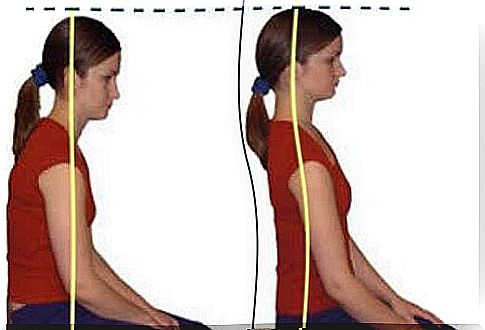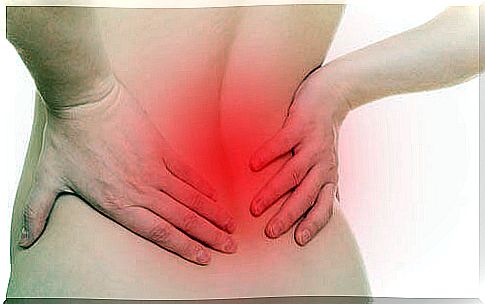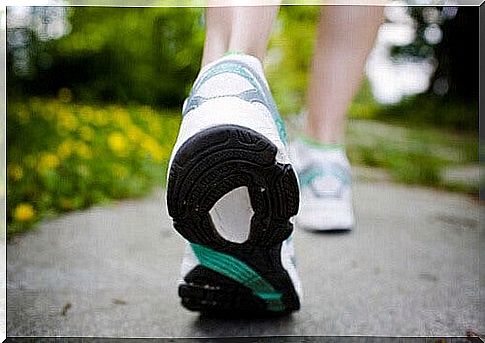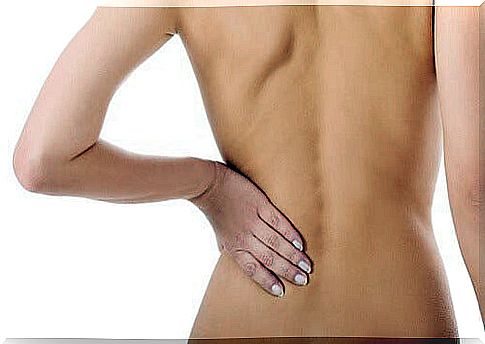8 Tips For Better Posture

A bad attitude is not only unattractive and often cause back or neck pain. But it can also lead to chronic and persistent problems such as chronic fatigue, hernia, poor body alignment etc.
Bad posture can be the result of several factors. But luckily there is always a solution if we pay enough attention to the problem. Overweight, too little muscle tone or incorrect posture when sitting or walking can always be solved if you really want this.
Stable posture is one that keeps your body straight and stable without having to put in any effort. To achieve this it is very important that you make sure that your spine is not bent, either to its left or right. Without keeping the back too tight and thereby creating a hump around the neck or a ponytail around the hips.
Today, many activities can cause a person to adopt a bad posture. Over time, this can cause many problems. Think of a sedentary lifestyle, long-term use of electronic devices or poor posture when lying on the bed or on the couch.
All of these can cause you to develop bad posture without even realizing it.
Fortunately, there are a number of tips that you can apply right away. With the intention of getting a better pose. While you will only notice the changes over time, adopting good posture is one of the best things you can do for your body.
Better posture by looking in the mirror
It is very helpful to stand in front of a large mirror when trying to correct your posture. Remember, it’s important to distribute your weight evenly on both feet and keep your shoulders back so they’re even.
If you are able to draw an imaginary straight line from behind your ear, to your shoulder, behind your hip, knee and ankle, then you know you are in the right stance.
Stand against the wall

Another easy way to improve posture is to stand with your back and buttocks against a wall.
To know if you are in the right position, simply slide your hand between your hip and the wall. If your hand can’t get in easily or if the space is too tight, you know your stance is leaning too much to the right.
However, if there is a lot of space, it is a sign that you have problems with your posture.
Sit down
Make sure your back is straight. Keep your shoulders back and loose down and your feet flat on the floor. Remember that it is not good to sit cross-legged for long periods. This impedes blood circulation, which can cause your legs to swell or to develop varicose veins.
Stand up
Your chest should be straight out and your stomach tightened. After all, your abdominal muscles are the muscles that ensure that you remain stable. Your body weight should be evenly distributed on both legs and your knees should be slightly bent.
To walk

Keep your head up and your neck straight. Try not to look at the floor for too long, as this can cause neck pain. Make sure to touch the ground with your heel first and then with your toes.
To sleep
The best position to sleep in is on your side, with your legs slightly bent. This posture ensures that you can keep your spine straight, facilitates breathing and prevents snoring.
Sit on the edge of your seat

You can learn a correct pose in various ways. This can be important, for example, when you have a job interview. Many experts recommend that you sit on the edge of your seat.
Make sure your back stays straight and can’t rest against the backrest. To maintain your balance and good posture, you can keep one foot under the chair and the other foot in front of the chair.
Exercise
Exercise is essential to stretch your muscles and keep them in optimal condition, which is important for maintaining good posture. We recommend that you walk, run, swim or do stretching exercises, always paying close attention to your posture.
For example, if you have to sit for long periods of time at work, it is very important that you stand up every now and then to stretch your muscles and to pay attention to your posture while sitting. The same applies to people who have a standing occupation or who for other reasons have to stand in succession for long periods of time.







